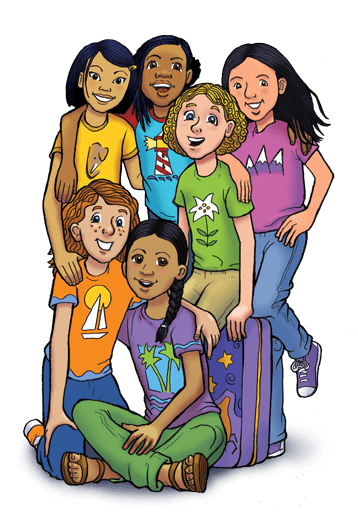
10 Nov Finding Diversity
What’s the first book you remember reading that had a character who was different than you?

When I ran across this question last week, I was stumped. I finally remembered a book given to us by family friends who lived in Japan. The book had exotic illustrations and script full of sticks and curves that ran vertical instead of horizontal. Even more intriguing? Apparently, the story traveled from the back page to the front page. I couldn’t understand anything about the story, but I remember wondering how in the world a Japanese child could learn to read. I studied the straight black hair and the shape of the eyes and had a jarring realization that not everyone was just like me.
Keep in mind, I come from a family of voracious readers, yet all of the characters in all of our books looked like me. It wasn’t by design. It was by default. Books with diverse characters were nearly nonexistent. Sadly, it hasn’t changed for the better.
A 1965 article in The Saturday Review noted that fewer than seven percent of children’s books had one or more African American characters in them. Today? The number is less than three percent. Three. Only ten percent of children’s books have a multicultural component, and yet the US population is 37 percent people of color. How ironic that the more diverse our country and the more connected the world has become, the fewer the number of books that reflect that.
Here’s another way to wrap our heads around this. What if 97 percent of children’s books only had boy characters? It wouldn’t be just the outrage we’d feel. It would also be what we’d be missing by having a single sex dominate all the books. What would boys understand about girls if they never read books with female characters? I wonder, too, would I be a reader today if I’d only read books with male characters?
We Need Diverse Books, formed in May 2014, is determined to change this. We love their mission statement: they believe embracing diversity will lead to acceptance, empathy, and ultimately equality.
We believe this, too.
From the beginning of our Pack-n-Go Girls days, we knew we’d have an eclectic bunch of characters. You can’t write stories about international friendships without ethnic diversity. We realized early on, too, that we needed to reflect the US population. Our mission has been and always will be to expand the world for young readers so they can better understand the diversity of cultures and the richness each one contributes to the world. And hopefully along the way, our books will lead to what drives We Need Diverse Books: acceptance, empathy, and ultimately equality. It looks like there’s plenty of opportunity to do just that.
If you feel as passionate about this issue as we do, here’s a chance to do something about it: We Need Diverse Books is raising funds to raise awareness. We’re contributing. We hope you will too.
~Janelle
